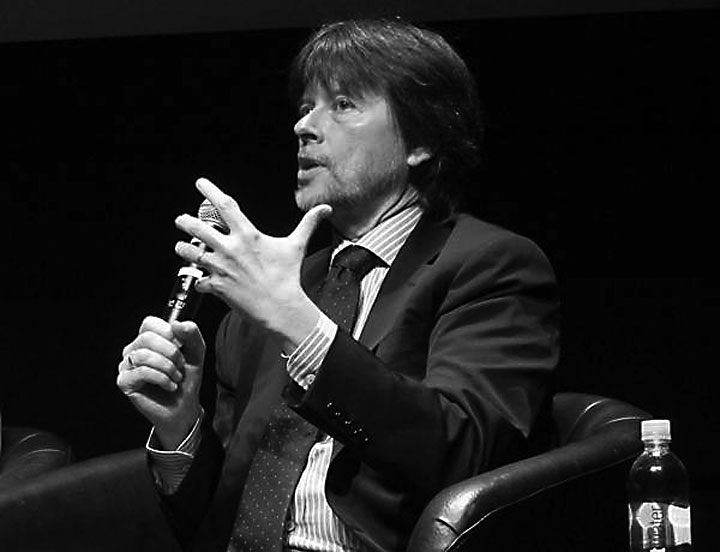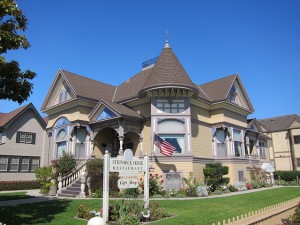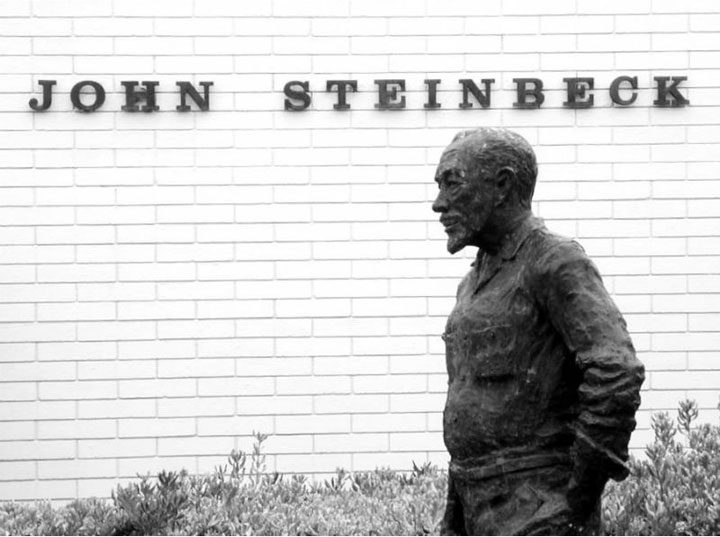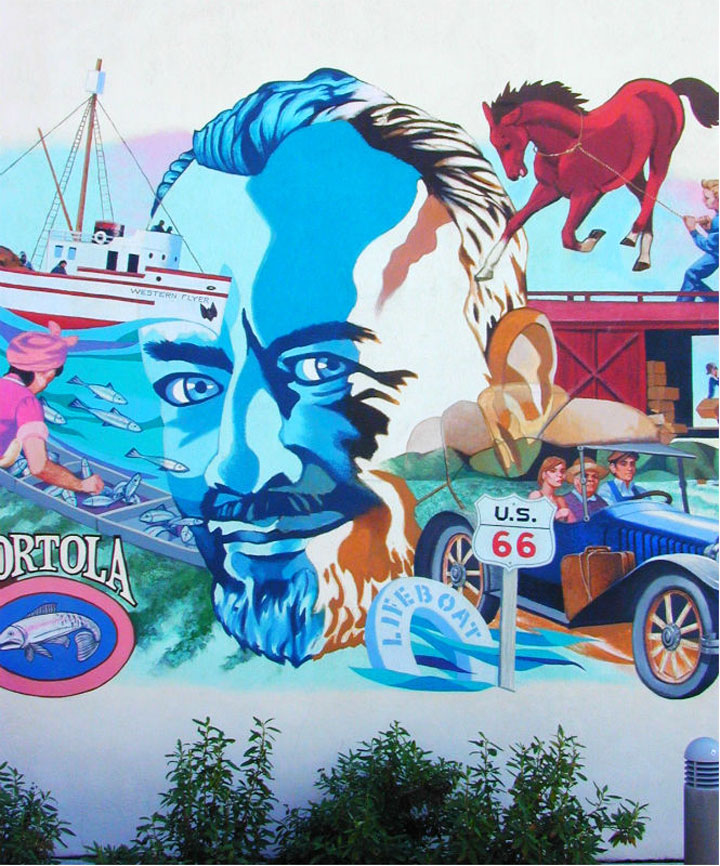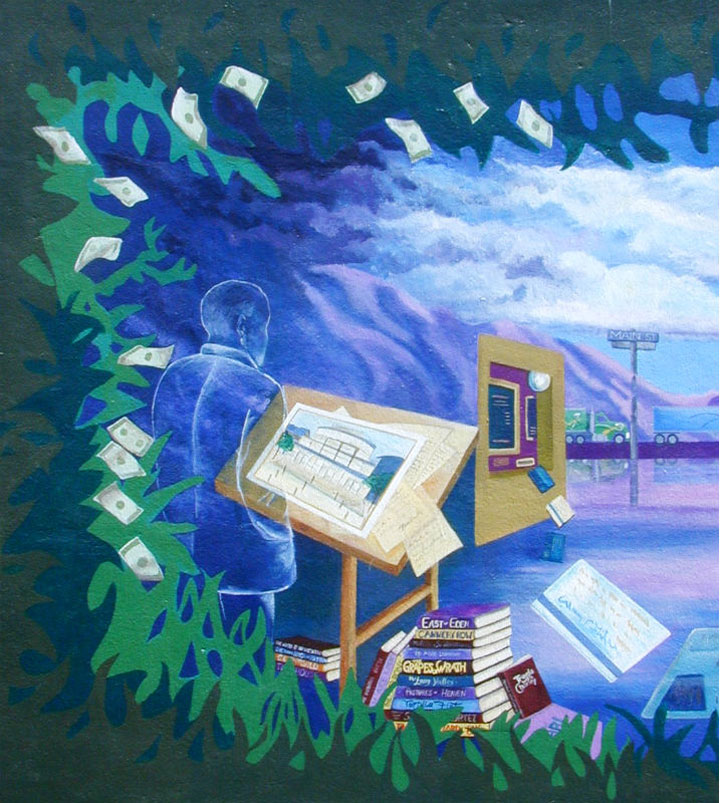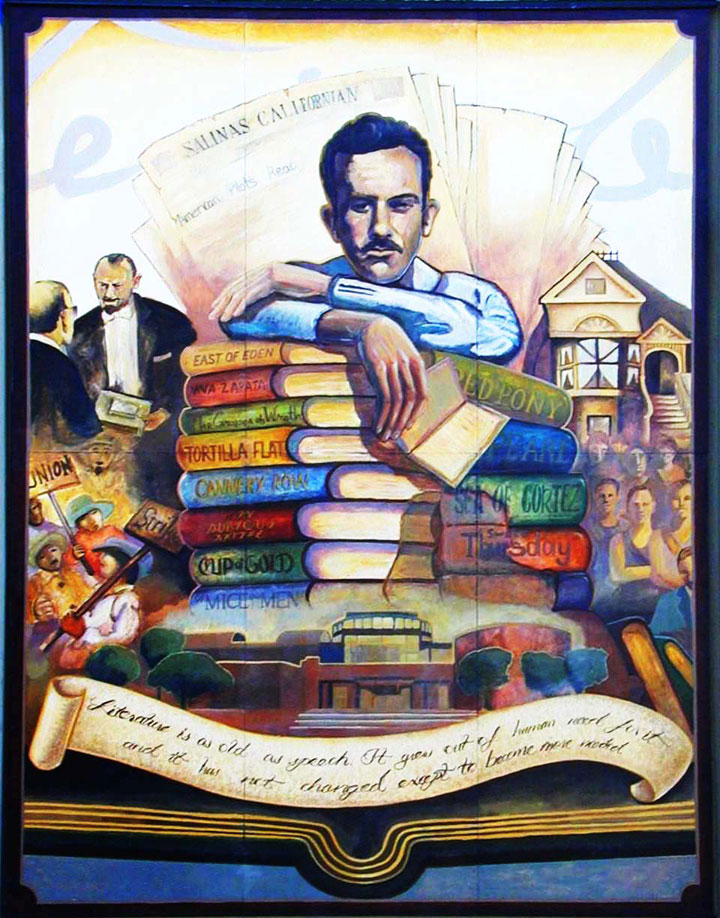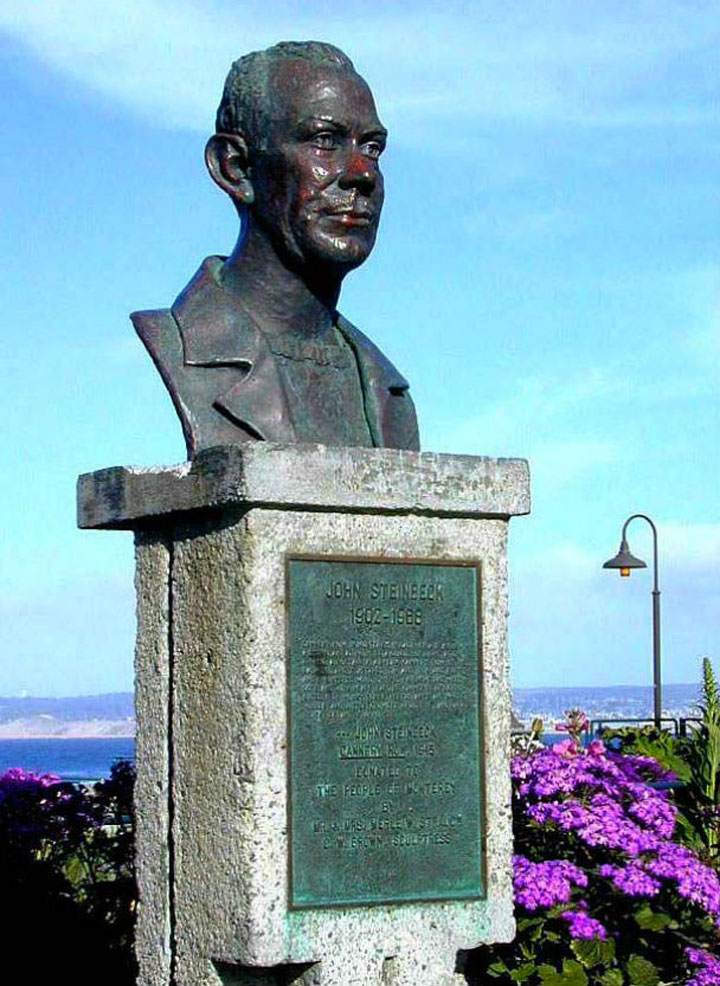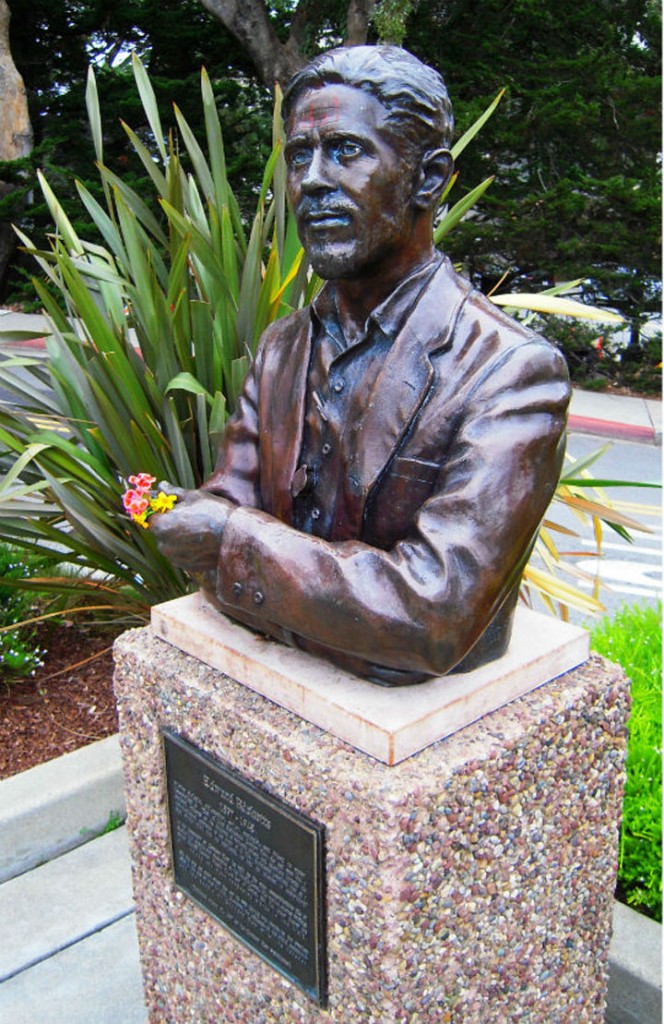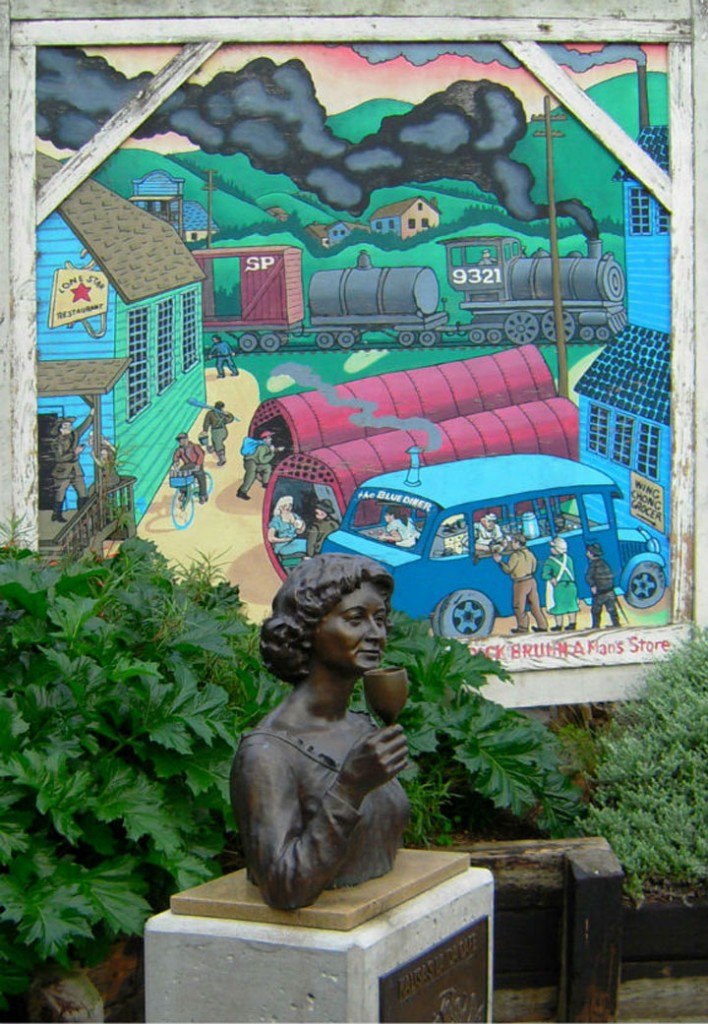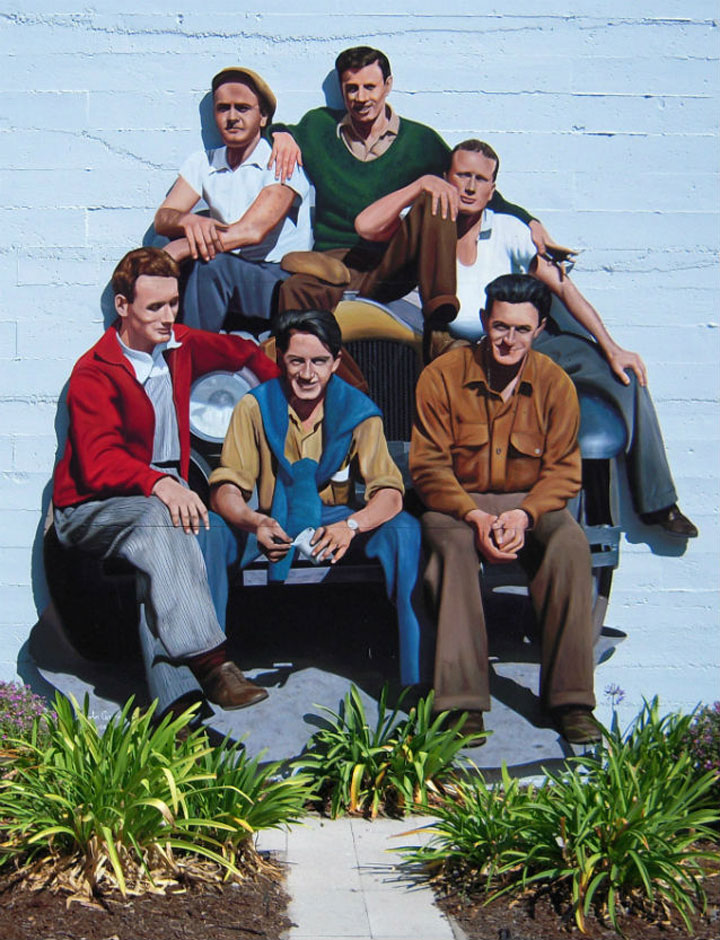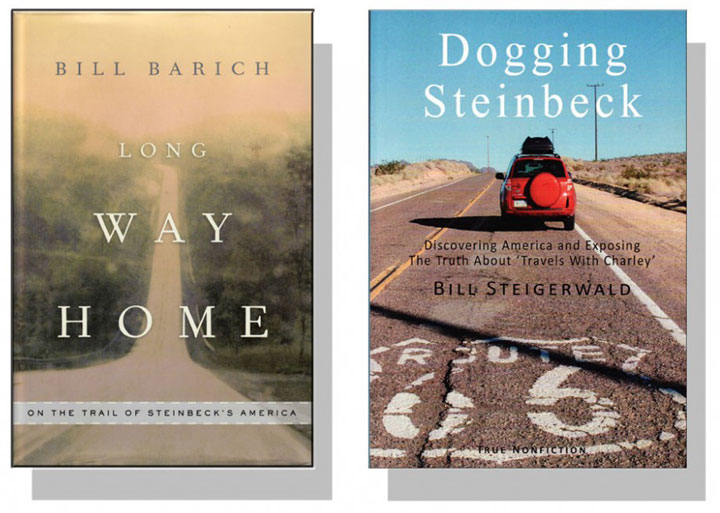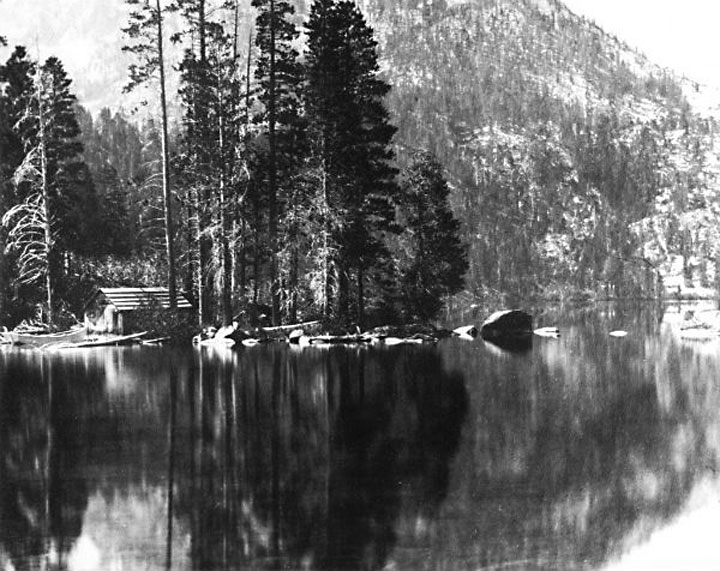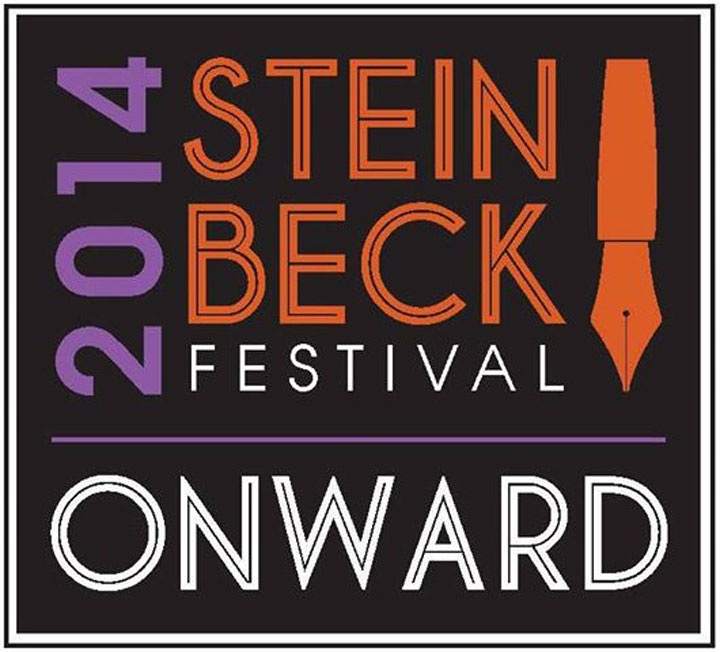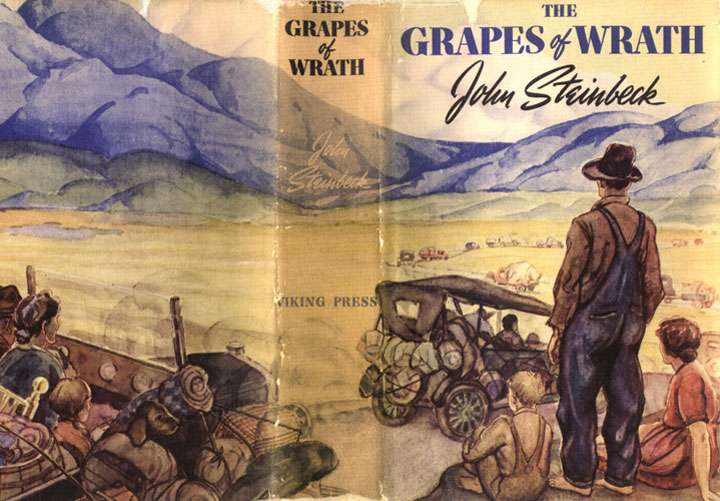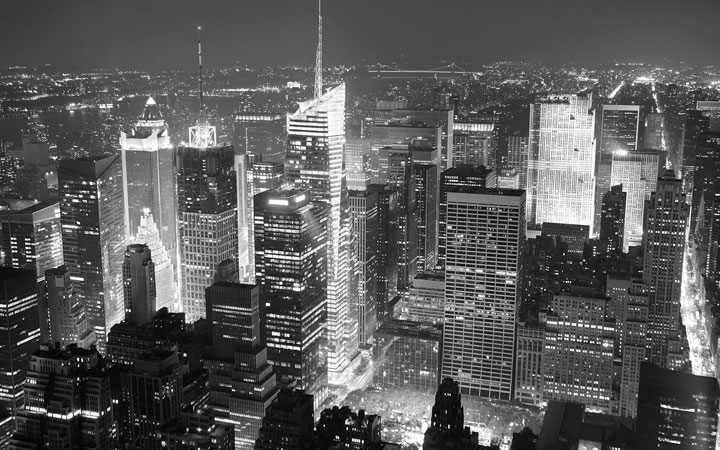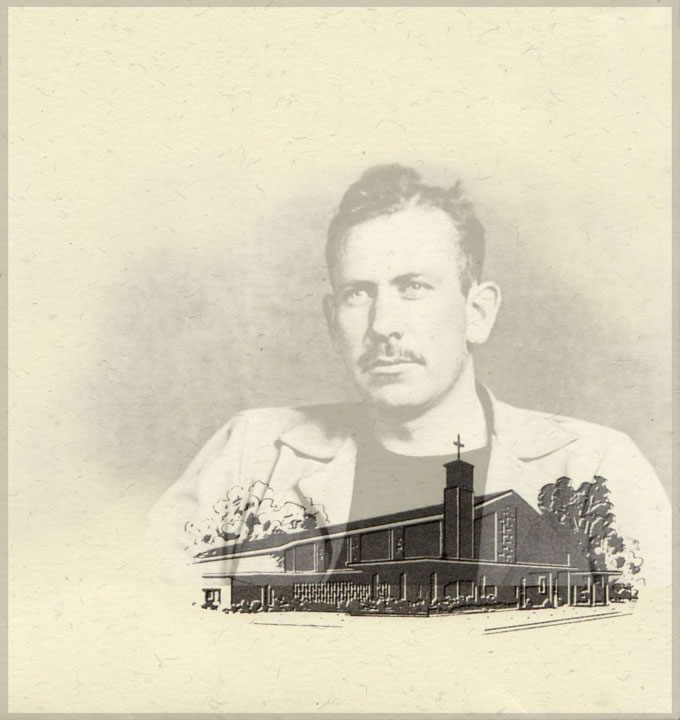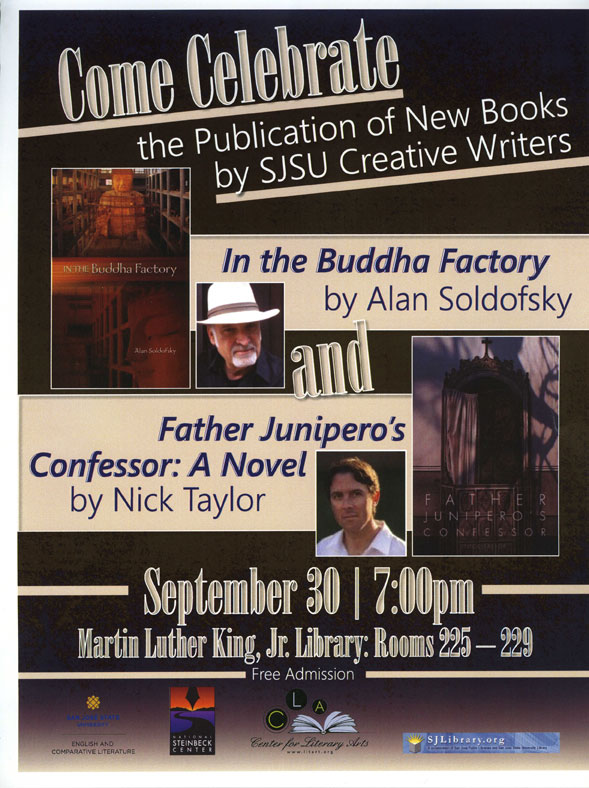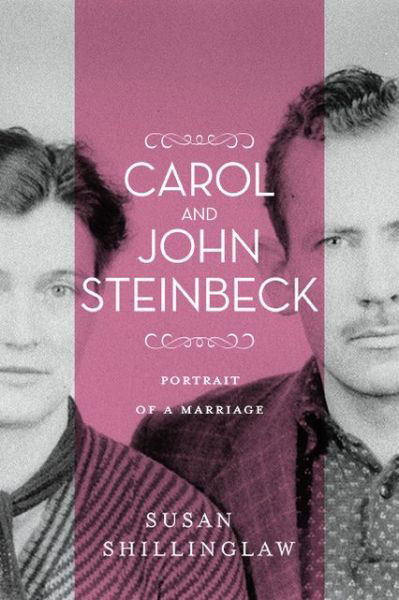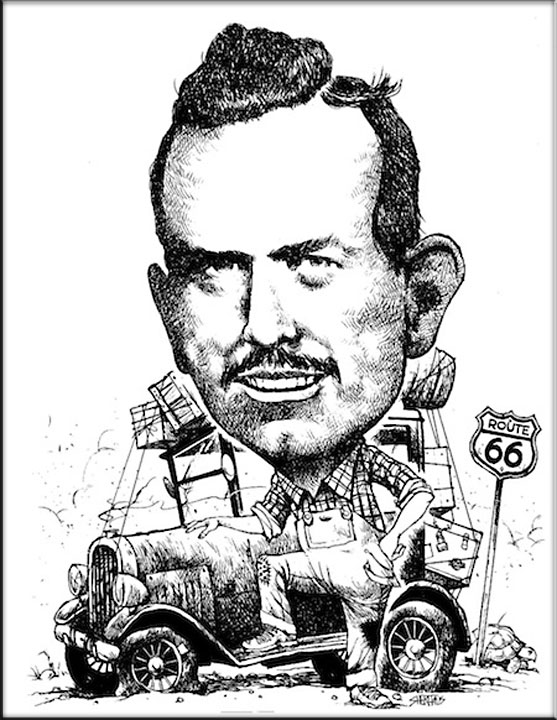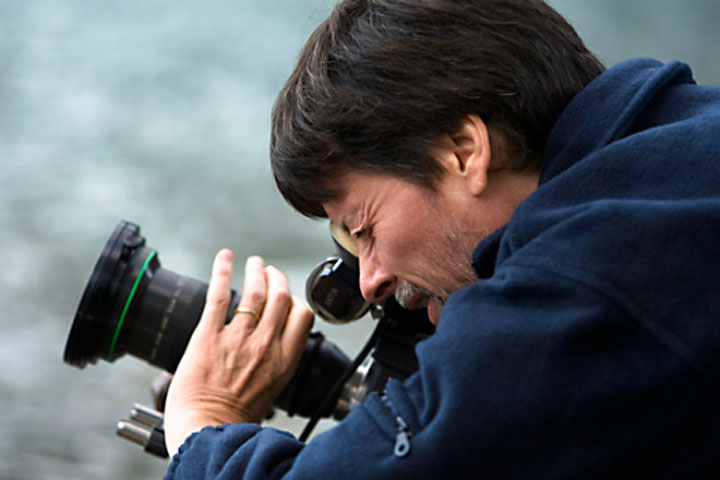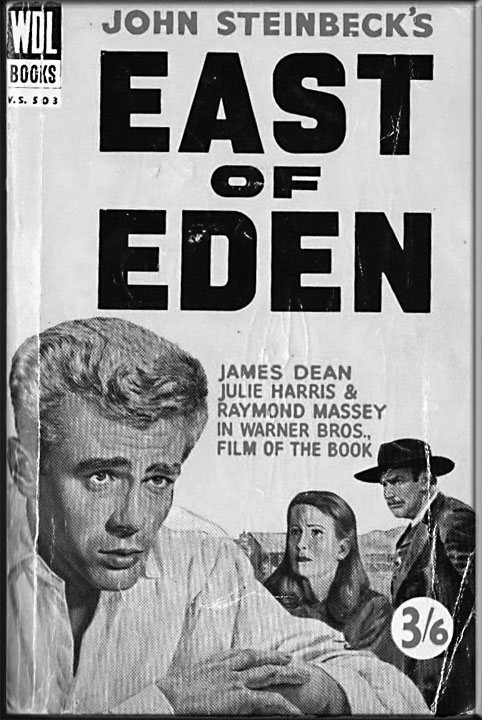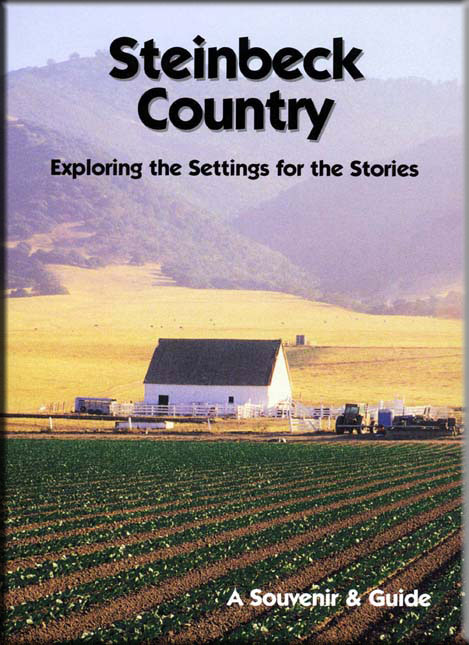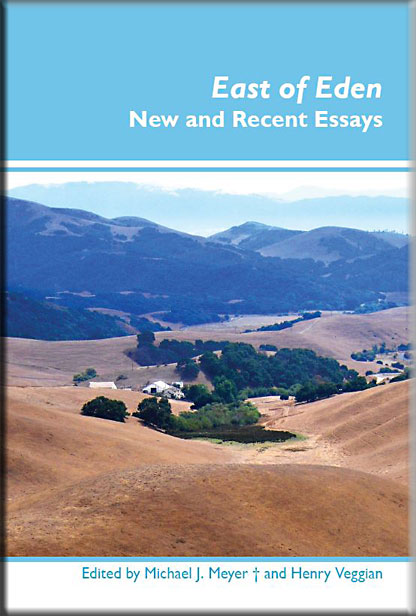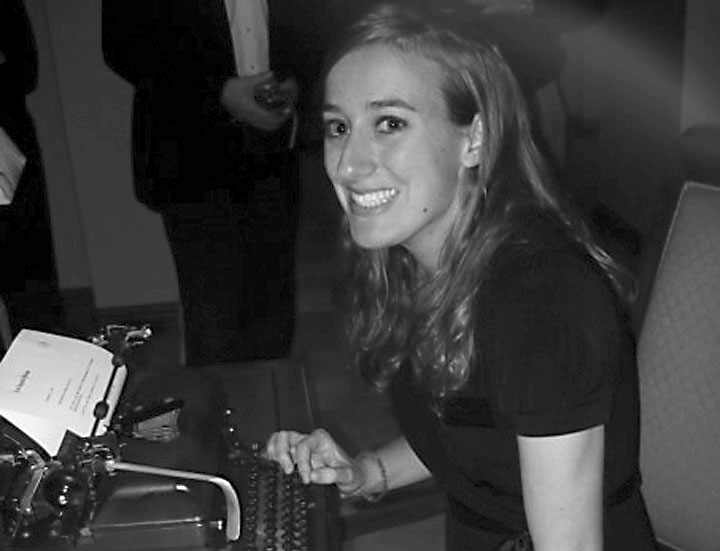 John Steinbeck books abound at San Jose State University, home of the Martha Heasley Cox Center for Steinbeck Studies. But not all of the good books found there are about John Steinbeck. Thanks to the Center’s generous founder, Martha Heasley Cox, San Jose State University supports the creation of good books by young writers at a rate far beyond its size. Short stories, novels, memoirs, articles and essays, anthologies: good books of every variety blossom like spring flowers from the Steinbeck Fellows program, an important incubator of up-and-coming writers mentored by San Jose State University’s top creative writing faculty.
John Steinbeck books abound at San Jose State University, home of the Martha Heasley Cox Center for Steinbeck Studies. But not all of the good books found there are about John Steinbeck. Thanks to the Center’s generous founder, Martha Heasley Cox, San Jose State University supports the creation of good books by young writers at a rate far beyond its size. Short stories, novels, memoirs, articles and essays, anthologies: good books of every variety blossom like spring flowers from the Steinbeck Fellows program, an important incubator of up-and-coming writers mentored by San Jose State University’s top creative writing faculty.
San Jose State University Nurtures Writers in Many Forms
The University’s busy Steinbeck Center—the most concentrated collection of John Steinbeck books and manuscripts available to readers and researchers anywhere—initiated the Steinbeck Fellows program in 2001 with a generous gift from San Jose State University Professor of English Martha Heasley Cox, a beloved Steinbeck scholar with vision, energy, and means. To date more than a baker’s dozen of new novels, numerous prize-winning short stories, and a variety of good books about Ed Ricketts, outdoor survival, life in Iran, and other compelling topics have issued from writers who apprenticed in San Jose as Steinbeck Fellows. Charles McLeod, one of 15 fellows in the program’s brief history, won a 2009 Pushcart Prize, had his first novel published by Random House UK within two years, and appeared in an anthology of best new short stories published by Norton in 2012. Sarah Houghteling, a Fellow in 2006, published Pictures at an Exhibition (Knopf, 2009), reviewed in The New York Times. Peter Nathaniel Malae, a 2008 Fellow, has published What We Are (Grove, 2010)—also reviewed in The New York Times—and Our Frail Blood (Grove, 2013).
Public Events Celebrate Spirit of John Steinbeck Books
Good books by the best young writers continue to germinate in the rich Steinbeck soil of San Jose State University, where three current Steinbeck Fellows read from their work recently for a group of eager students, fellow writers, and admiring fans. The talented trio—Vanessa Hua, Tommy Mouton, and Dallas Woodburn (shown here)—were introduced by Paul Douglass, professor of English at San Jose State University and interim director of the Steinbeck Center, where John Steinbeck books, values, and ideas are celebrated year-round in appearances by authors and artists such as Ken Burns, the boyish filmmaker who received the 2013 John Steinbeck Award for creative work embodying the progressive spirit of Steinbeck’s novels, short stories, and nonfiction. The Steinbeck Fellows reading and Ken Burns event occurred within a single week, ample evidence of San Jose State University’s extraordinary commitment to public programming. An energetic official named Ted Cady is the University’s secret weapon in the competition for marquee-event audiences from an ethnically diverse, sensory-overloaded metropolitan market of more than 2 million residents.
Short Stories and Novels in Progress Captivate Audiences
Two of the three Steinbeck Fellows read from new novels nearing completion: Vanessa, a globe-trotting journalist published in major papers including The New York Times, and Tommy, a Louisiana native with an uncanny ear for regional speech. Dallas read from one of her recent short stories, a character study of individual isolation called “Living Alone.” Each writer’s voice—pitch-perfect, in character, unmistakably original—fit like a glove. Taken together, they exemplified an essential feature of John Steinbeck books at a similar stage of development: good books are best judged at their birth, not by lines in manuscript, but by the writer’s voice, reading aloud to a group of friends like those who gathered at San Jose State University to hear the current crop of Steinbeck Fellows share their recent work. Interested? Read Dallas Woodburn’s “Living Alone,” published in its entirety for the first time online. An upcoming audio blog of Dallas reading her story is—as print publishers say of good books by promising authors—in progress. Watch this space for it early in 2014.
